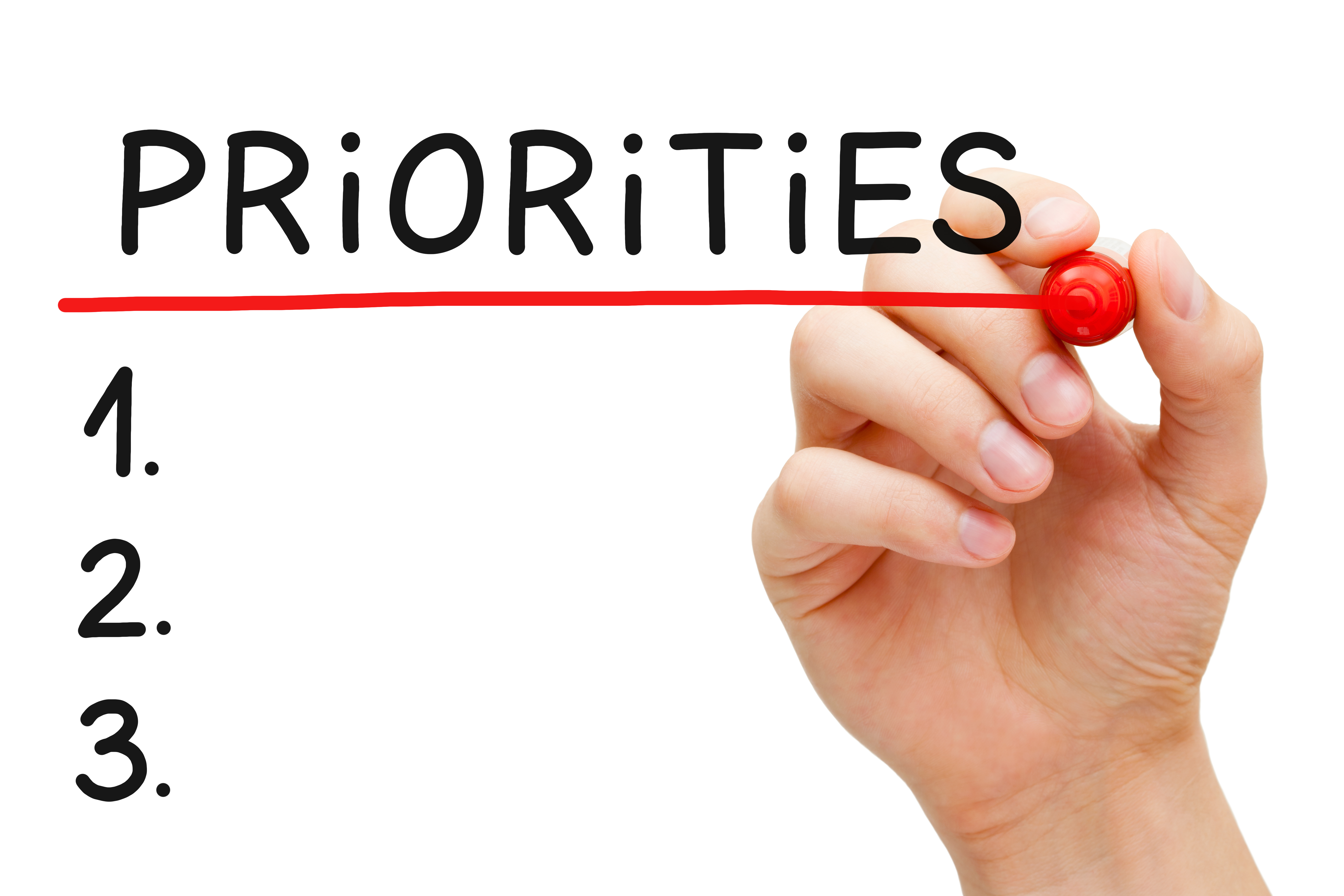The topic of employee expectations came up recently with one of my clients. The client was talking specifically about attendance and showing up to work on time, but this argument applies to many aspects of an organization. The client’s perspective was that managers had no clear way to enforce the attendance policy, so they didn’t address the issue with employees. This thought process assumes that employees are showing up late because there is no way to enforce the policy. I believe that people want to come to work and do a good job. But if they don’t know what “a good job” looks like, they are left to set their own priorities.
One of my favorite Zig Ziglar quotes captures the idea: “You can’t hit a target you cannot see, and you cannot see a target you do not have.”
If everyone is working toward a common goal, and that goal has been communicated clearly, then each individual can understand how his behavior is contributing to that goal. But if you don’t have clear common goals, each individual will establish his own goals and corresponding behavior, which may or may not be in line with the common goal.
For example, if an accident-free workplace is a priority, what does that mean in terms of employee behavior? The management team has to establish goals for working in a safe manner, then communicate what actions need to be taken by each employee in order to achieve an accident-free workplace. Similarly, if throughput is a priority, what is the goal for throughput on the individual level, and what actions need to be taken to support that goal?
Simply establishing and articulating goals isn’t enough. The management team also has to demonstrate a commitment to the goals. I’ve seen a number of companies who say safety is a top priority, yet upper management refuses to follow the safety rules established by the safety committee. I’ve witnessed managers treating their employees disrespectfully, then being upset with the lack of teamwork within the organization.
The success of an organization lies with the management team and its commitment to developing, communicating and supporting the goals of the company. Once the goals have been established, the next step is to ensure that each individual understands how his or her behavior can impact the achievement of those goals. The last step is to provide consistent feedback on how individuals are performing against those goals.
Clearly defining the goals, outlining how individual contributions impact those goals and supporting each individual in the achievement of those goals will create a collaborative work environment where everyone wins.

